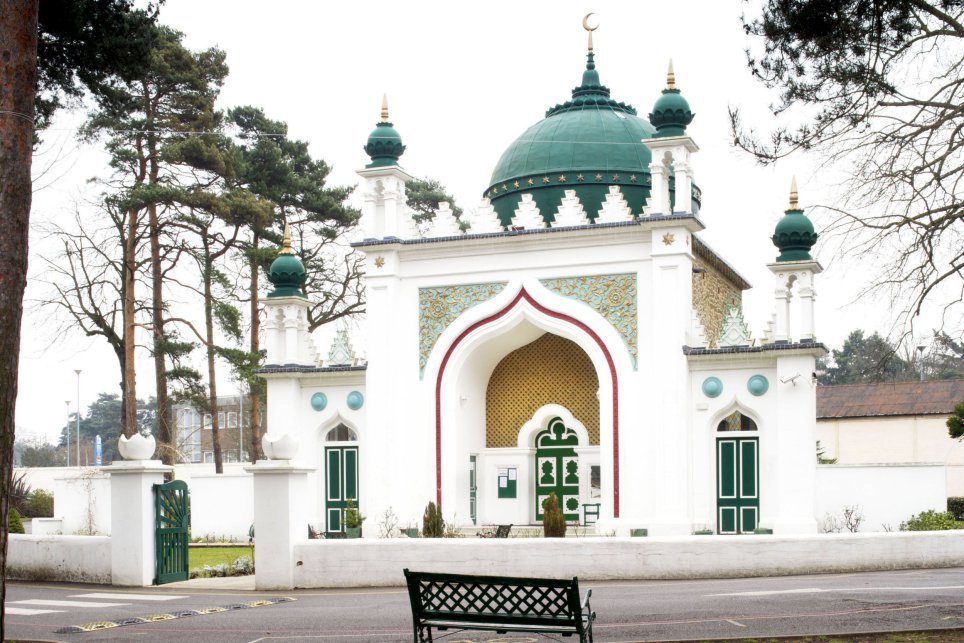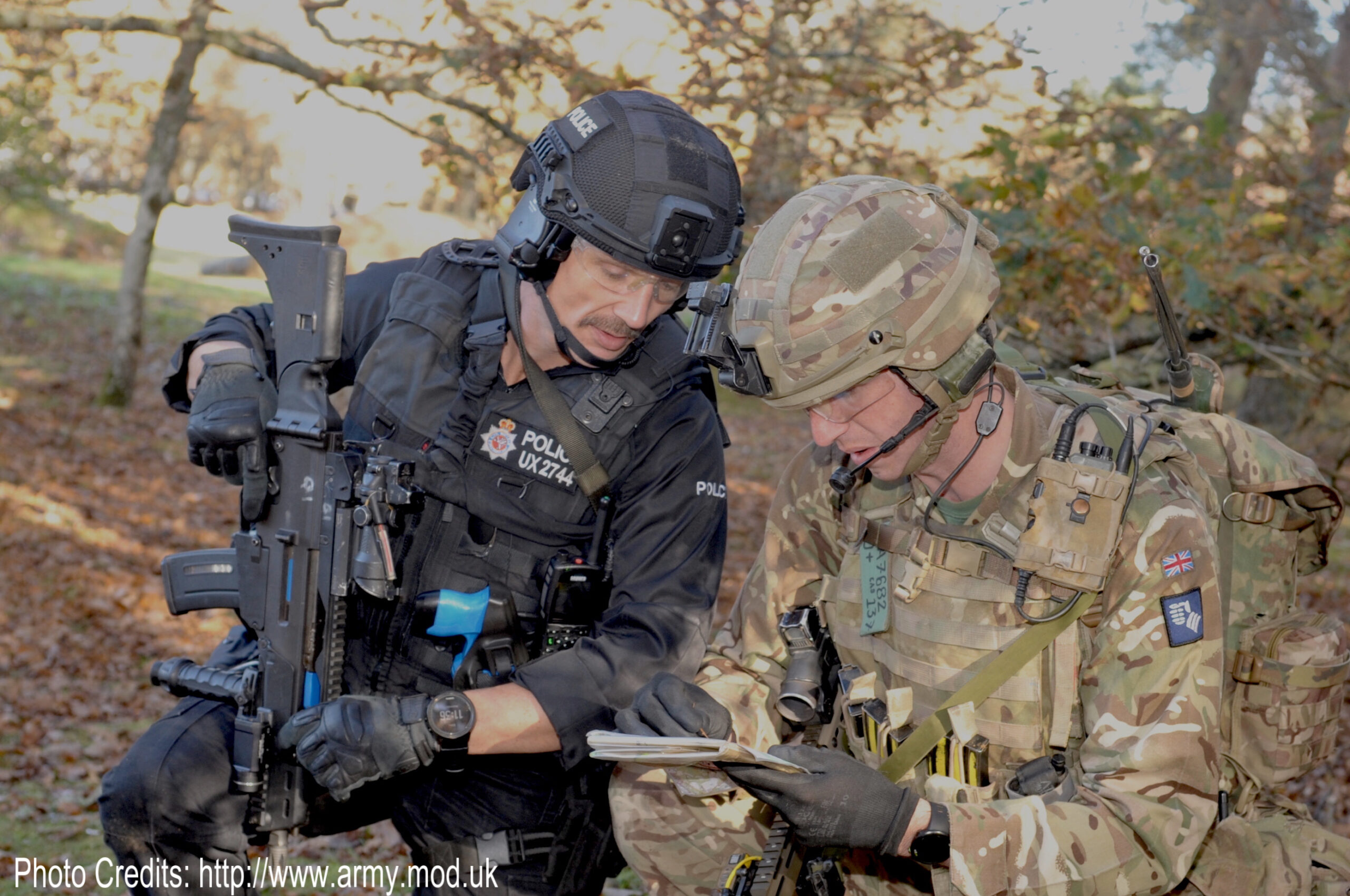The Shah Jahan mosque, which opened in 1889 in Woking, Surrey and was Britain’s first purpose-built mosque, has been granted Grade I listed status, the highest protected building status. Other buildings to hold this status include the Brighton Pavilion and Buckingham Palace[1].
The mosque was commissioned by Gottlieb Leitner, who converted to Islam while working in British India as a linguist after being born to a Hungarian Jewish family. He originally built the mosque to host visiting students rather than the public after he returned to Britain in the 1990s to establish a centre for the study of oriental languages. It was built in the Orientalist style by the English architect, William Chambers, and partly funded by the Indian female ruler of Bhopal. It is still used today for daily prayers[2].
Four other mosques have also been given new or upgraded listings, including London’s Central Mosque in Regent’s Park, which was given a Grade II listing. 8 Brougham Terrace, a Georgian house in Liverpool has also been listed. It opened for worship in 1889 after being bought by William Quilliam, also a Victoria convert, and is thought to have been Britain’s first functioning mosque[3].
The elevations come “after a reappraisal of the historic importance of Britain’s Muslim places of worship” by Historic England[4] and officially marks mosques as an integral part of English heritage[5]. The listings recognise their historic, architectural, and cultural importance to the country[6].
Heritage Minister, Michael Ellis, said, “Our historic buildings tell the story of Britain’s past and the people, places and events that shaped them … By listing these beautiful mosques, we are not only preserving important places of worship, but also celebrating the rich heritage of Muslim communities in England”[7].
The chief executive of Historic England, Duncan Wilson, said mosques were “exceptional places of worship … Through listing we are celebrating some of our most significant examples of Islamic heritage”[8].
Britain is thought to have around 1,500 mosques, with fewer than 20% of them being purpose-built[9]. Following trends that had already been established by other religious communities, Muslims would often set up places of worship in terraced houses and in sheds, purchased through community fundraising[10].
Thus, writes architect Shahed Saleem, “Mosques in Britain are grass-roots, crown-sourced, community projects. There is no overarching religious authority that directs or funds mosque building, religious congregations are independent and self-organised, and anyone can start a mosque, anywhere”. They played a significant role in helping Muslims in diaspora preserve their cultural and religious practices and values[11].
British mosques also demonstrate “a curious amalgamation of cultural references and styles, evoking Muslim history in a literal and immediate way”, as they combine traditional Islamic architectural elements with elements of local architecture. The design of other mosques has been criticised for “failing to engage with the contemporary urban and cultural context in which it was situated” through its designers attempt “to literally replicate Islamic history”[12].
Saleem writes, “Mosques in Britain are deeply connected to the people who use them; they are led, funded and managed by local Muslim, and they serve the everyday needs of diverse Muslim communities. Through these buildings, their users seek to both connect to a rich Islamic history and represent new Muslim identities”[13].
[1] Milmo, 2018.
[2] Milmo, 2018.
[3] Milmo, 2018.
[4] Milmo, 2018.
[5] Burgess, 2018.
[6] The Press, 2018.
[7] The Press, 2018.
[8] The Press, 2018.
[9] Milmo, 2018.
[10] iTeam, 2018.
[11] iTeam, 2018.
[12] iTeam, 2018.
[13] iTeam, 2018.
Sources
Burgess, K. (2018) ‘Listed status gives mosques a place in English heritage’. [online] 13 March. https://www.thetimes.co.uk/article/listed-status-gives-london-central-mossque-and-fazl-mosques-a-place-in-english-heritage-shah-jahan-mosque-historic-england-fswbm90t8. [Accessed 13 March 2018].
iTeam. (2018) ‘What Britain’s beautiful mosques teach us about our shared history’. [online] 12 March. https://inews.co.uk/news/long-reads/british-mosque-architecture-design-history-shahed-saleem/. [Accessed 13 March 2018].
Milmo, C. (2018) ‘Britain’s first purpose-built mosque given highest conservation status’. [online] 13 March. https://inews.co.uk/news/uk/britains-first-purpose-built-mosque-given-highest-conservation-status/. [Accessed 13 March 2018].
The Press. (2018) ‘London mosques listed for historic and cultural significance’. [online] 13 March. http://www.yorkpress.co.uk/news/national/16082074.London_mosques_listed_for_historic_and_cultural_significance/. [Accessed 13 March 2018].






